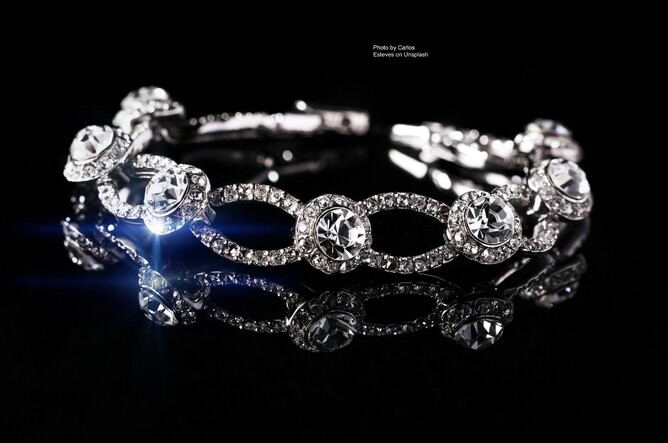As we get older and more wealthy, we tend to increase our spending in line with our higher income. For some people this may include buying more expensive jewellery or items of art that are quite valuable. While these give you pleasure, it is vital that you make sure that your house and contents insurance cover gives you the protection that you are anticipating.
We personally use an insurance broker in this area (as it is quite technical and we aren’t knowledgeable in this field) to help us with our own policies and to help us understand the wording.
The note below is an interesting case study from IFSO (Insurance and Financial Savings Ombudsman) about the regular complaints that they receive around jewellery insurance and claims. You could also apply this to other valuable things, like art.
Consumers are being advised to carefully check and understand their insurance policies, after several cases of lost/stolen jewellery investigated by the Insurance & Financial Services Ombudsman Scheme (IFSO Scheme) resulted in disappointed customers.
In one case, Sanje* had jewellery worth about $50,000 stolen from his home, and he complained when he was only offered $16,000 by his insurer. The IFSO Scheme found that the insurer had correctly applied the terms and conditions of his policy, which had a $15,000 limit for jewellery and watches, a $1,000 limit for gemstones, and no individual jewellery items specified.
In another case, Craig* lost a pouch of jewellery while travelling and was disappointed to find that the valuables limit of $750 in his travel insurance policy was the total amount for all jewellery, not for each item.
The Insurance & Financial Services Ombudsman, Karen Stevens, says that the IFSO Scheme was unable to uphold these complaints, as the insurer had correctly applied the policy limits in both cases.
“People should take time to read and understand their policy and check what it says they are insured for, as each policy is different. The obligation rests with the insured to check the limits of their cover and that it is suitable for their needs,” says Stevens.
Mr and Mrs Sullivan* held contents insurance and had jewellery specified on their policy at a total value of $105,000. The policy contained a warranty which stipulated that, if the specified jewellery was not in a locked safe, it had to be worn by, or in the presence of, Mr or Mrs Sullivan.
While renovating their house, Mr and Mrs Sullivan removed the safe from their house. Prior to this, Mrs Sullivan had moved a pair of diamond earrings from the safe to store them in a concealed box in the bedroom. When the earrings went missing, the insurer declined their claim, relying on a breach of the warranty conditions. The IFSO Scheme was unable to uphold their complaint.
Proving ownership and value of lost or stolen jewellery is also a common issue people have when it comes to claim time.
Vera* only had photos of herself wearing pieces of jewellery as proof of ownership. After her jewellery was stolen, she engaged a local jeweller to give her an estimate based on her description of the items, and this came in at $56,887.
A common approach would be for an insurer to decline to pay for the jewellery, if no proof of ownership is provided. When someone has photographic evidence, an insurer might choose to settle the claim, but for a significantly reduced amount, due to the difficulty of accurately valuing an item of jewellery from a photograph.
The insurer offered Vera $27,846, based on its own valuation.
“This was fair and reasonable, because of the lack of evidence,” says Stevens. “A recent valuation would have helped her claim significantly.”
Stevens recommends people ask themselves some key questions when it comes to jewellery insurance:
· Do you have enough cover under your insurance policy to replace your jewellery if it’s lost or stolen?
· Do you have a recent valuation?
· Do you have receipts, or some way of proving you own the jewellery?
· Does your insurance policy require you to keep jewellery in a safe when you’re not wearing it?
· Has your jewellery been checked by a jeweller recently to make sure gemstones are not loose?
· Have you specified valuable items of jewellery on your policy? In some cases, insurers require a recent valuation before an item can be specified on the policy schedule.
· Have you had a New Zealand valuation for any items gifted to you or purchased overseas?
· There are circumstances which aren’t covered, for example if your jewellery is stolen by someone while you hold an open home, or when you have tradesmen in the house. What can you do to safeguard your jewellery in those circumstances?
“Knowing what your policy covers can greatly reduce disappointment and issues down the track. You can take preventative measures, ensure you have enough evidence if things do go wrong, and think about increasing your limits if needed,” says Stevens.


